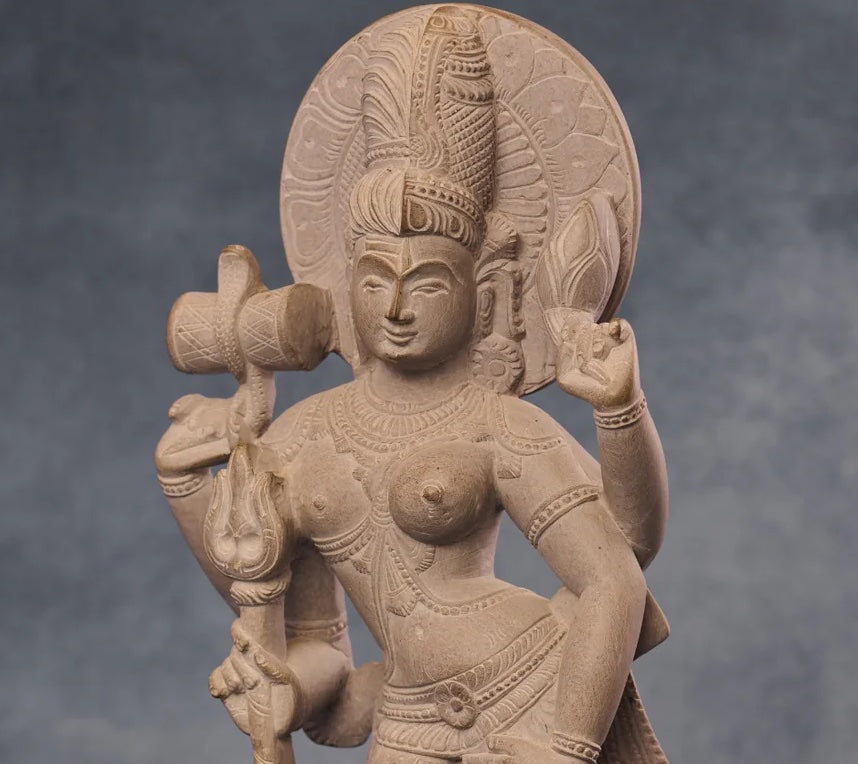
The Indian Romeo and Juliet, Ardhanarishwar
India’s sculpture of love: Ardhanarishwar, half-man, half-woman, wholly divine.
SUMMARY
Ardhanarishwar is India’s answer to the world’s great love stories — but instead of ending in tragedy, it is sculpted as a promise of wholeness. Across cultures, myths speak of two halves longing to be one, but India turned this longing into a deity: Shiva and Parvati fused in a single, eternal form. Their union reminds us that creation itself depends on balance — masculine and feminine, stillness and movement, being and becoming. To love, in this view, is not just romance but cosmic destiny: the act of remembering we were always one.
Every culture has its great love story. In the West, it is Romeo and Juliet - two souls so bound to each other that death itself could not keep them apart. In the East, the Arabs sang of Layla and Majnun, a love so consuming it blurred the line between passion and madness.
India, too, has a love story. But instead of being told through a tragic play or a long poem, it is sculpted into divine form: Ardhanarishwar- the half-man, half-woman figure of Shiva and Parvati, fused forever into one body.
Discover this union in our Ardhanarishwar stone sculpture, hand-carved from a single block, this stone sculpture feels grounded and eternal. Its surface is textured, recalling the temple carvings of Tamil Nadu, and brings a sense of meditative stillness into any space.
The Universal Yearning for Wholeness
This yearning is not unique to India - the same image recurs across civilizations:
Plato’s Symposium: Humans were once double-bodied, split apart by the gods, forever seeking their other half.
European Alchemy: The Rebis - a crowned figure with male and female heads - symbolised the union of opposites.
Sufi and Aztec Traditions: Rumi’s verses called lover and beloved “two bows in one hand,” while the Aztecs worshipped Ometeotl, god of duality.
Across cultures, the message is the same: wholeness through love, union through duality.
India’s Eternal Sculpture of Love
Before we meet Ardhanarishwar, it’s worth pausing to understand who stands on either side of this union.
Shakti is not just one goddess - she is the very principle of divine feminine energy, the power behind creation, preservation, and transformation. Parvati is Shakti made personal: the mountain-born goddess who wins Shiva’s heart, marries him, and becomes his eternal partner.
Ardhanarishwar is the union of the two — Shiva, the cosmic stillness, and Shakti, the dynamic force. Seen as myth, it is the love story of Shiva and Parvati. Seen as philosophy, it is the marriage of consciousness and energy.
The Ardhanarishwar is bold.
Half is Shiva: Masculine, ascetic, cosmic order.
Half is Parvati: Feminine, creative, fertile energy.
Together: they are not two beings but one eternal embrace.
Without Parvati, Shiva is inert. Without Shiva, Parvati is ungrounded. Together, they are creation itself.
In modern India, this truth survives in everyday language. Lovers call each other their ardhanarishwar. Bollywood songs echo the idea that without you, I am only half alive. Maneka Gandhi once said of her late husband Sanjay, “He was my Ardhanarishwar - half of me - so I always feel half is missing.”

Love as Cosmic Destiny
In modern India, this truth survives in everyday language and culture:
Lovers still call each other Ardhanarishwar - “my other half.”
Bollywood songs echo the idea that “without you, I am only half alive.”
Public figures use the metaphor - Maneka Gandhi said of her late husband Sanjay: “He was my Ardhanarishwar, so I always feel half is missing.”
Our lost-wax cast brass Ardhanarishwar glows with this idea of balance - a warm, luminous piece ideal for an altar or a quiet corner of the home.

Ardhanarishwar is India’s Romeo and Juliet, but with a crucial difference: it is not tragic. It is eternal. Where Shakespeare’s lovers perished, India’s lovers became immortal, sculpted as one body, one soul, forever in balance.
Closing Thoughts
When we fall in love, we touch something eternal.

We glimpse the truth that opposites belong together, that what is incomplete in us finds completion in another. Every kiss, every act of devotion, is a small reflection of what Ardhanarishwar embodies: not two beings joined, but one being remembered.
What does Ardhanarishwar represent?
Ardhanarishwar is the fused form of Shiva and Parvati, symbolizing the union of masculine and feminine energies. It is a reminder that creation, balance, and love are only possible when opposites come together.
Why is Ardhanarishwar significant in Indian culture?
Unlike many myths that remain stories, Ardhanarishwar is worshipped and carved into temple stone across India. It is both metaphor and deity - a living representation of love and cosmic balance.
Can I bring Ardhanarishwar into my home?
Yes — BRAHM offers two interpretations of Ardhanarishwar: a hand-carved sculpture with temple-like gravitas, and a lost-wax cast brass sculpture with a warm, luminous presence. Both are perfect for a sacred space or as a meaningful gift.
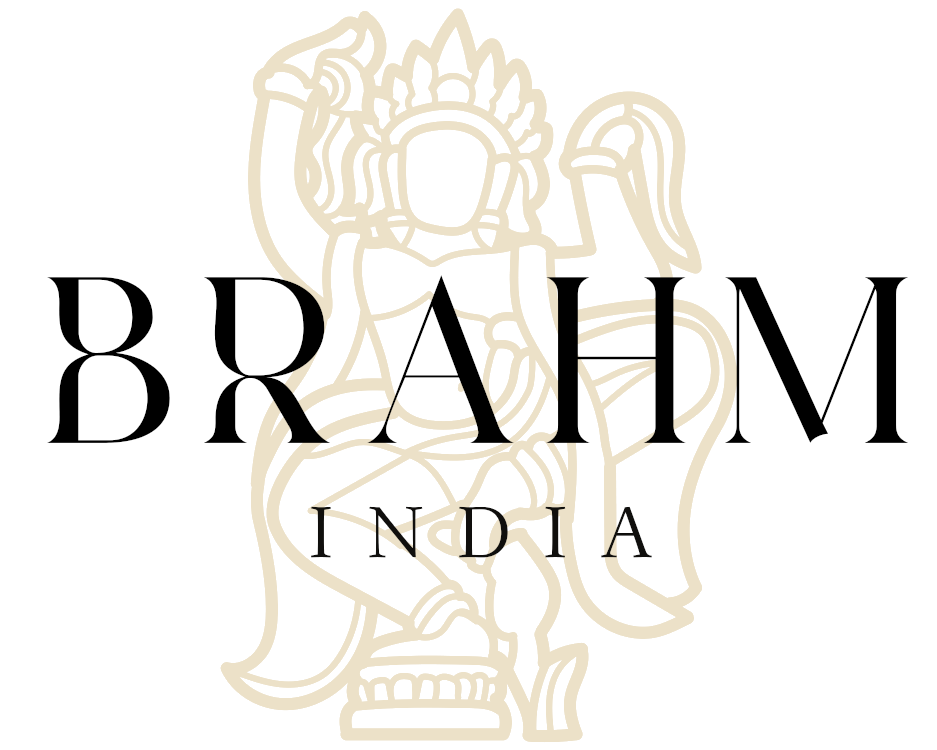
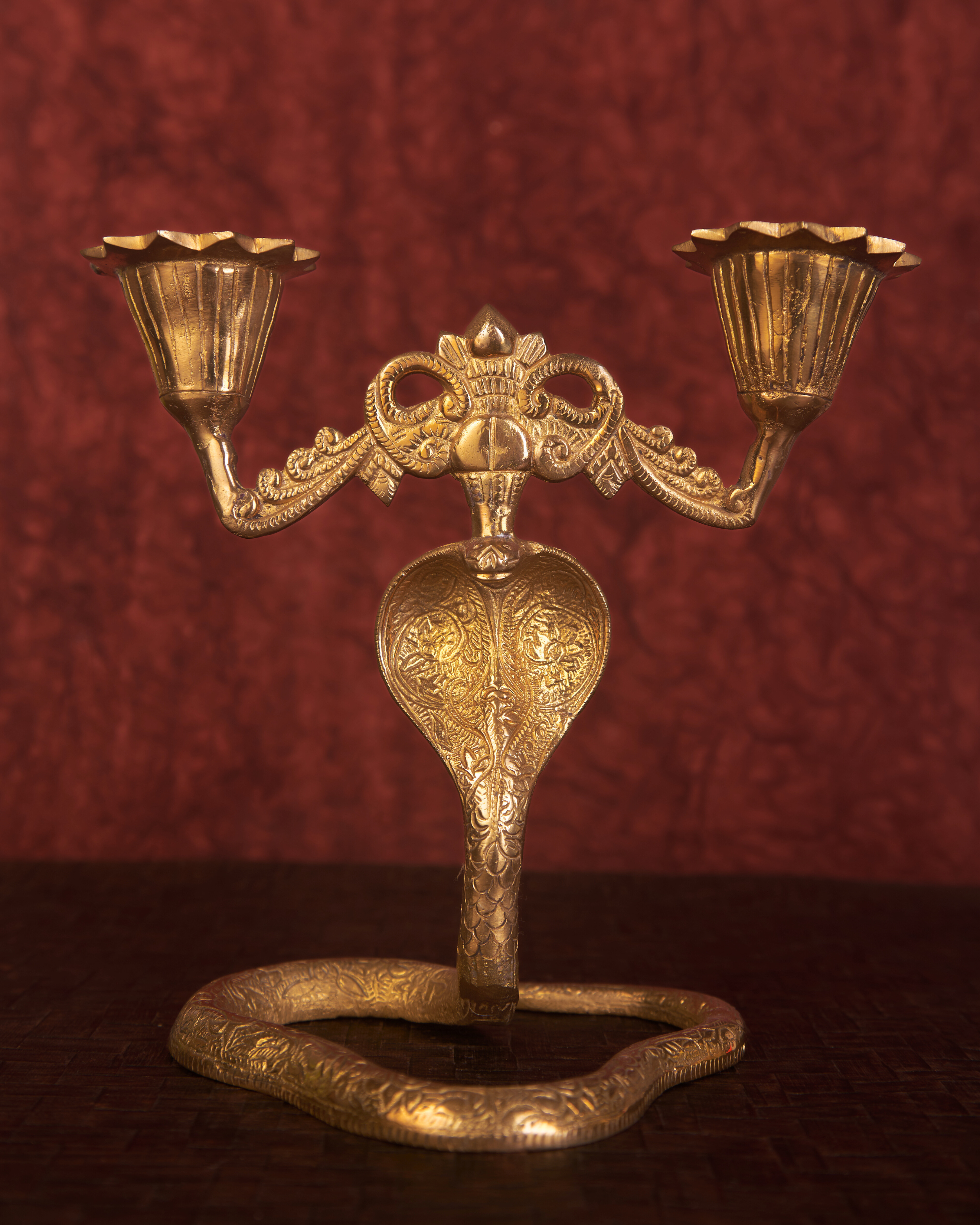
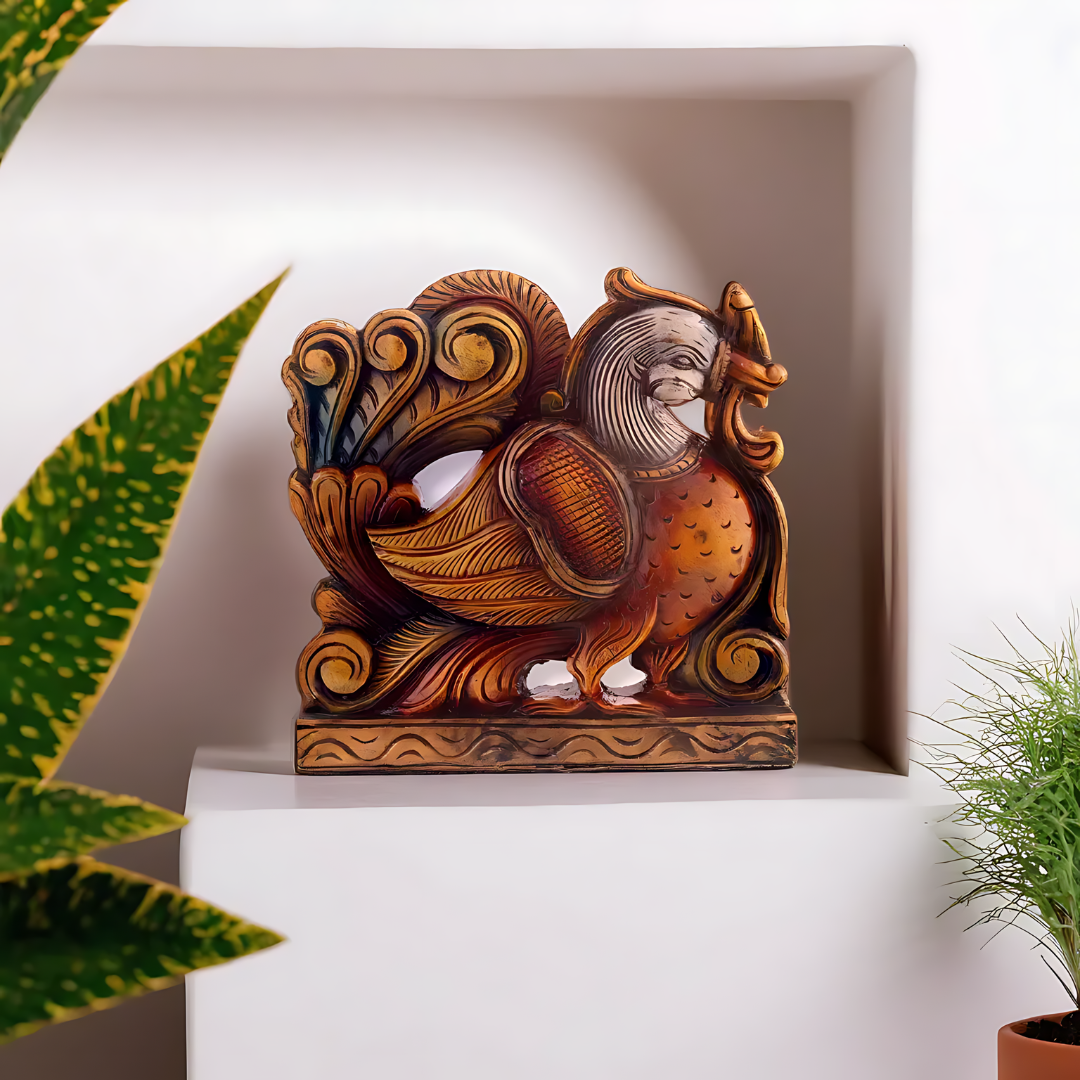
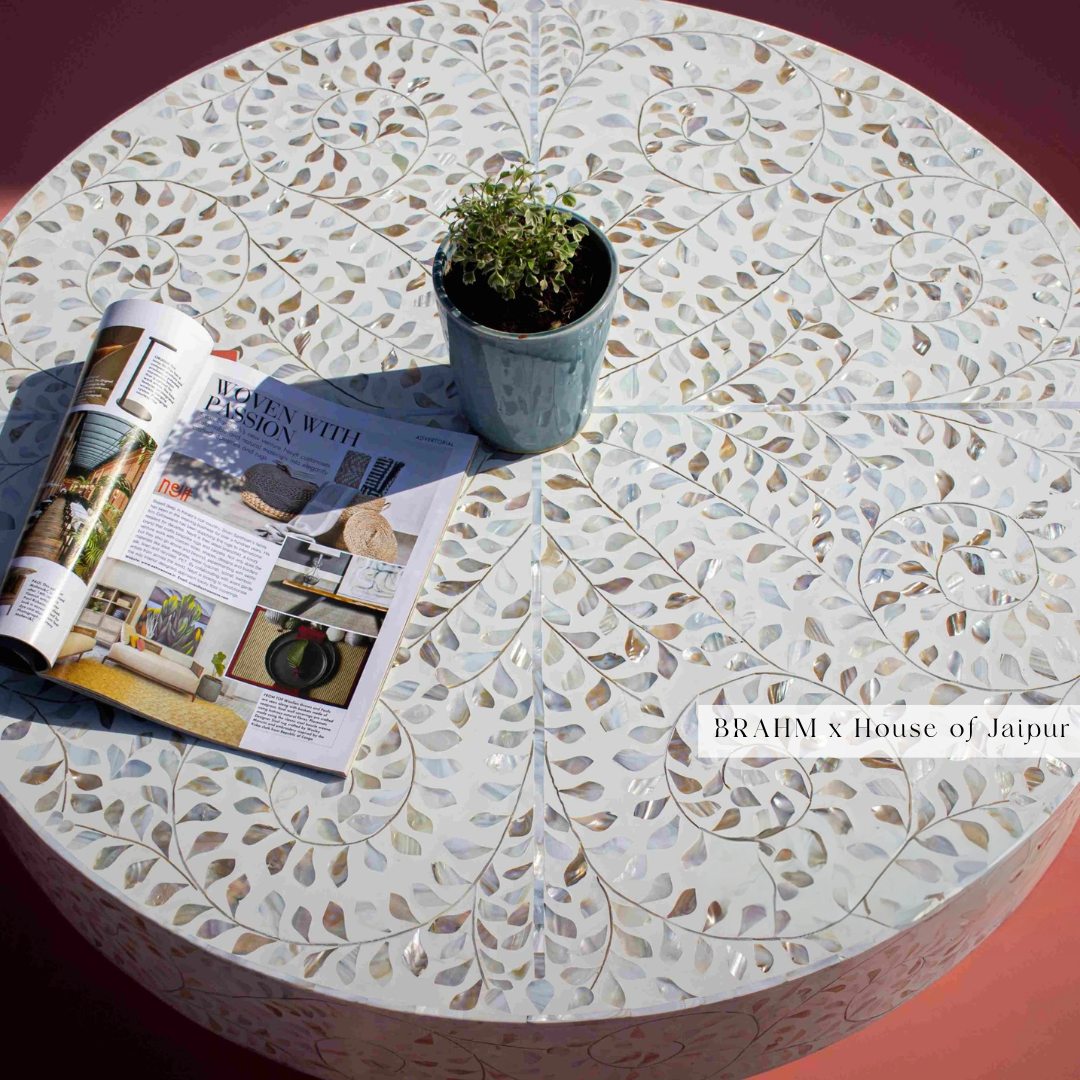
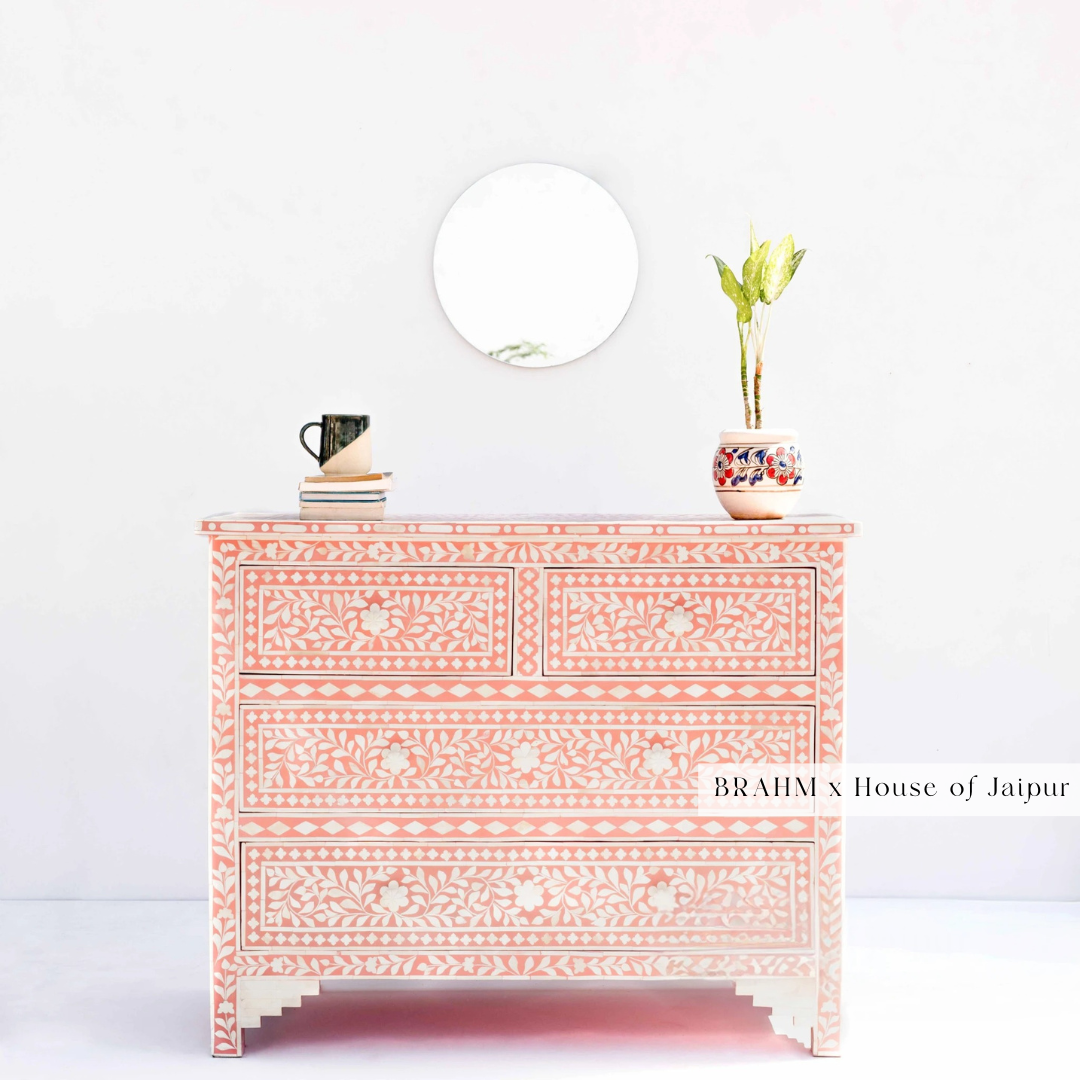
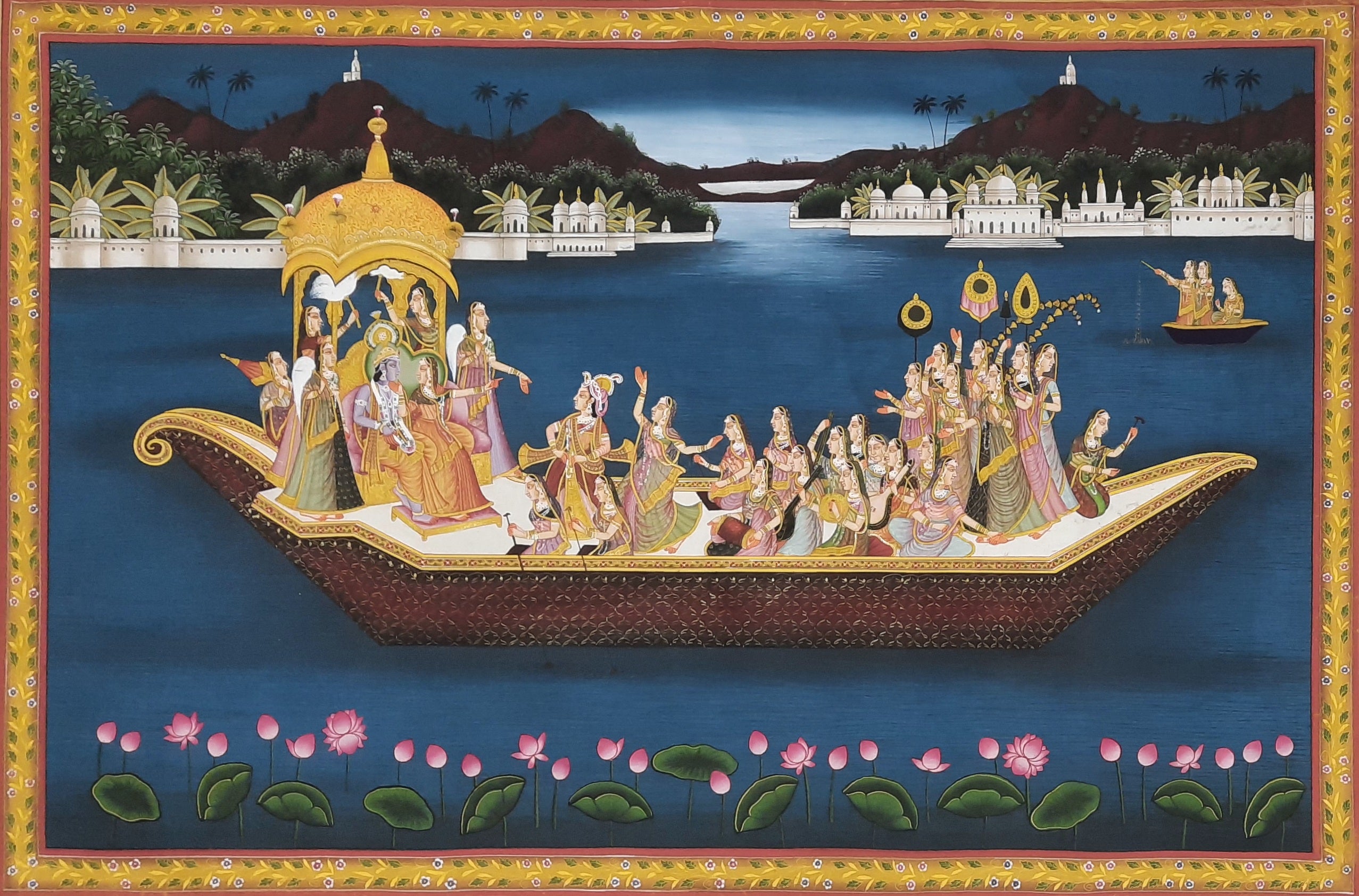
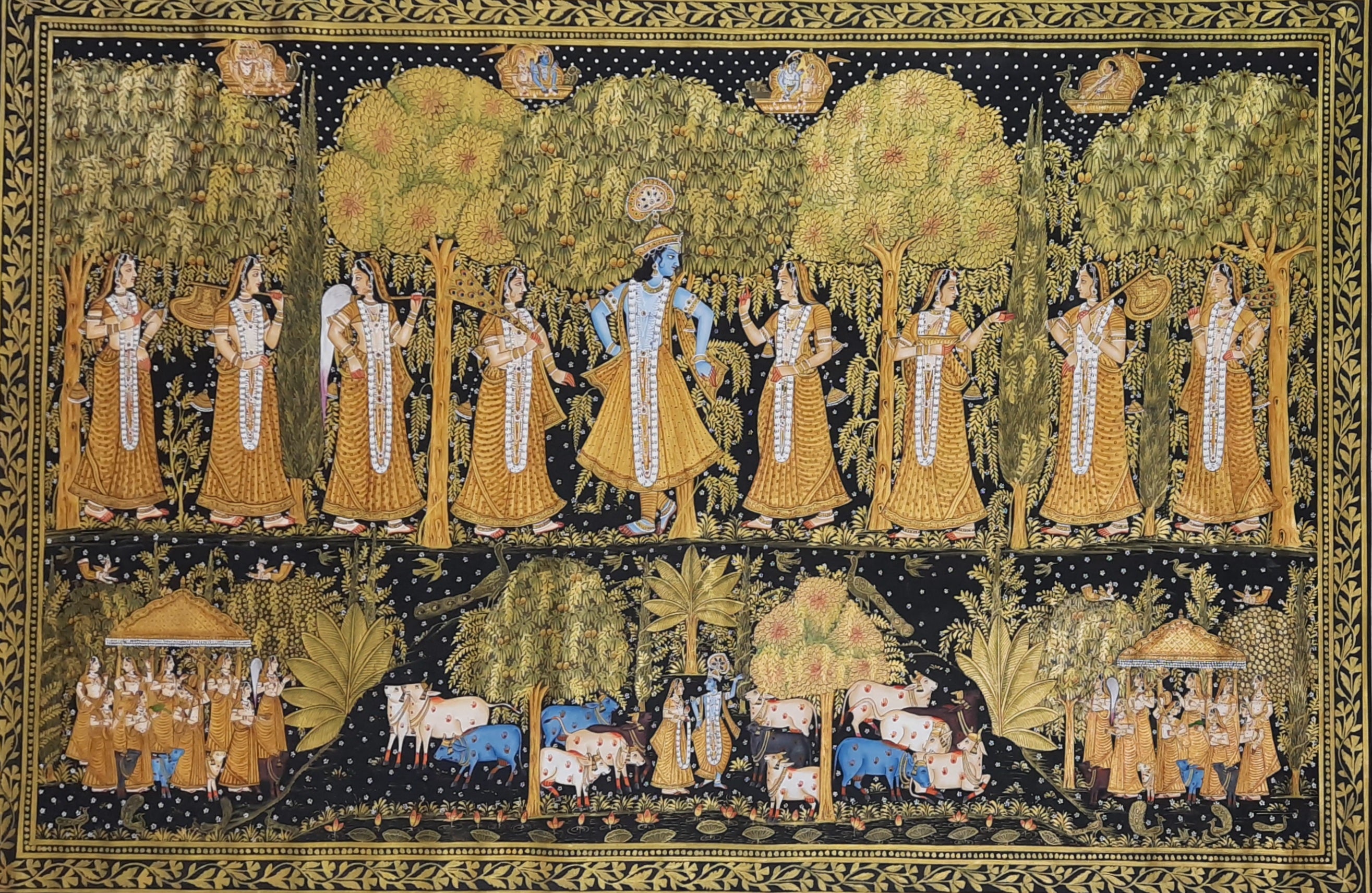
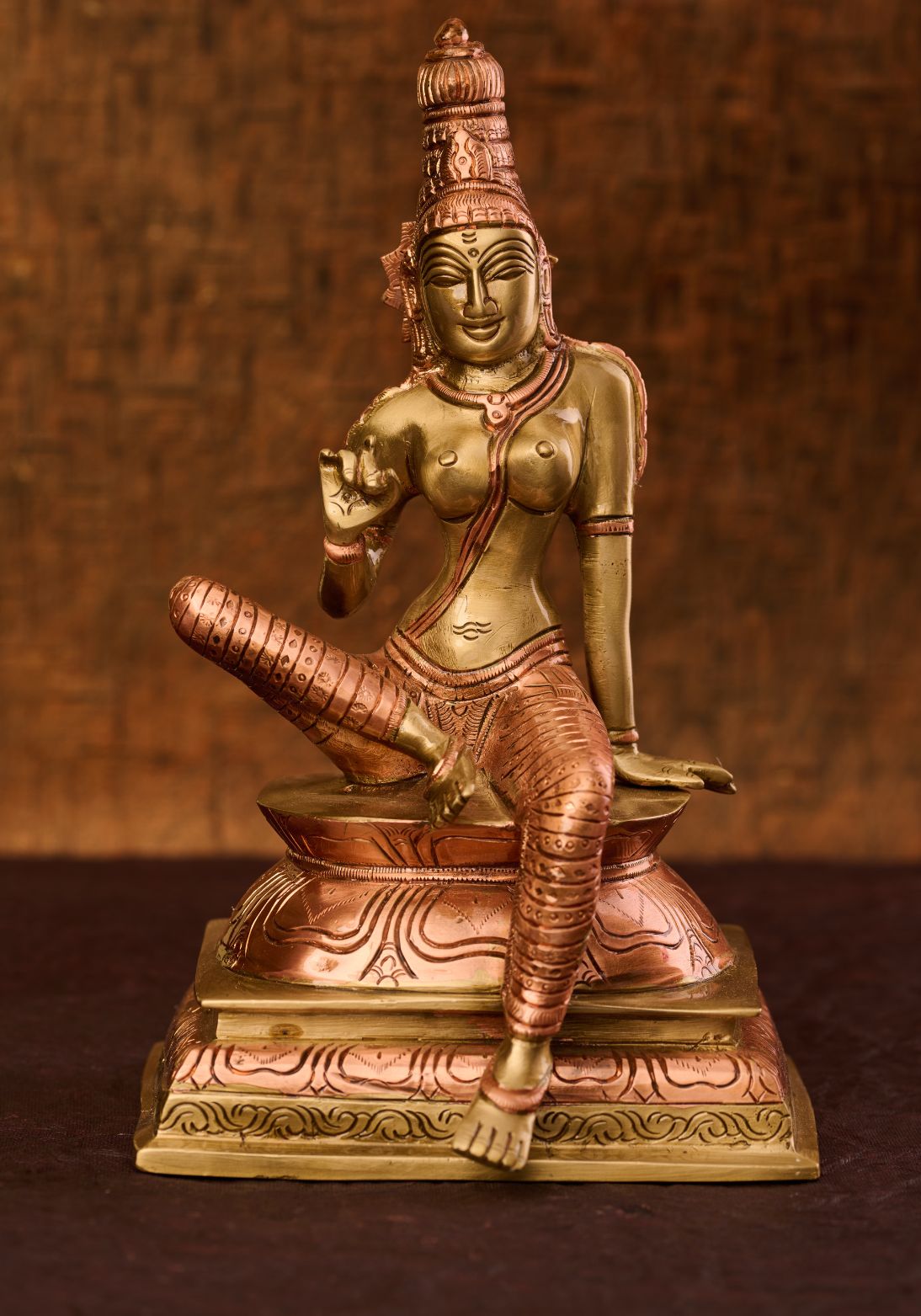
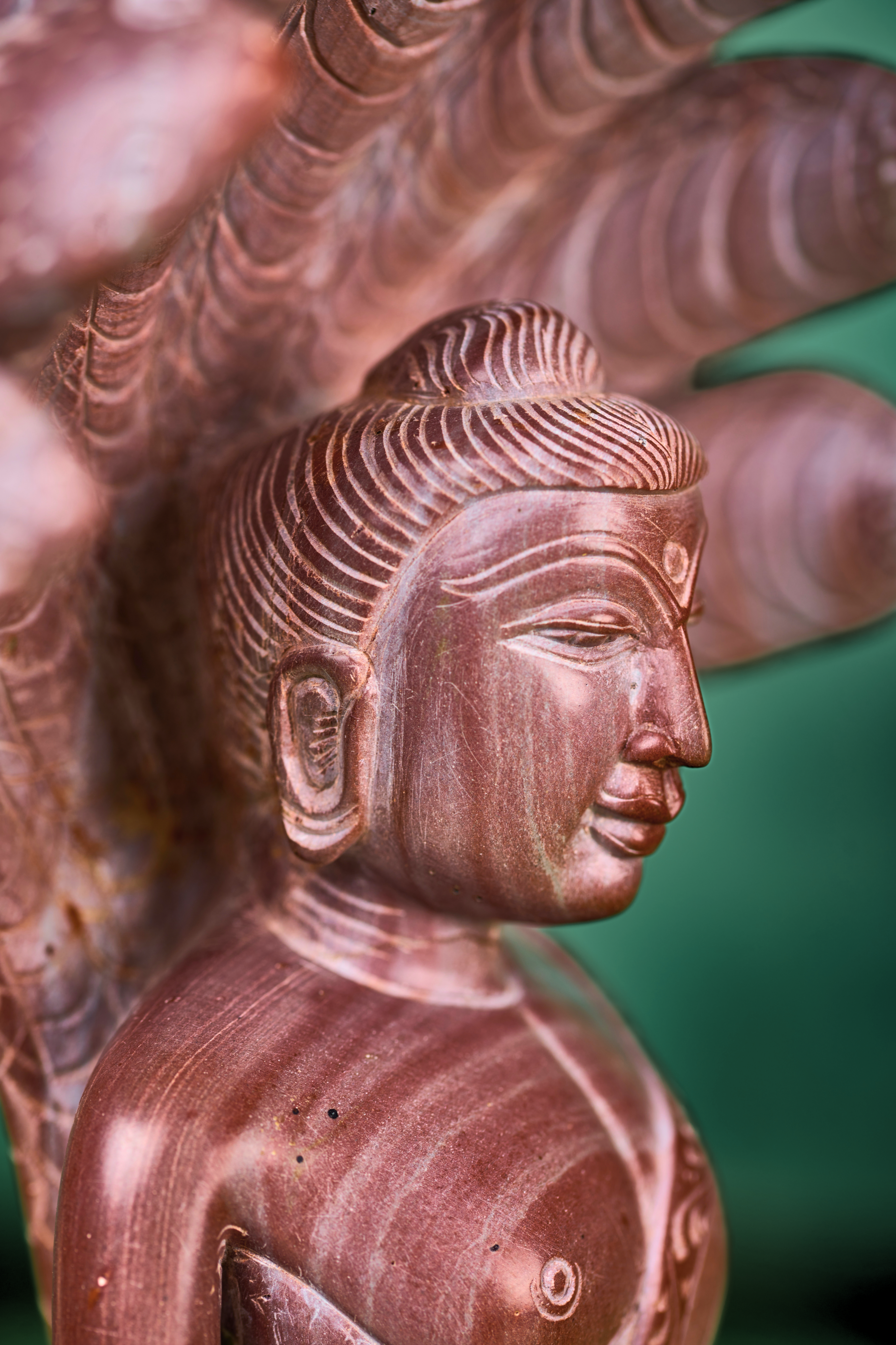
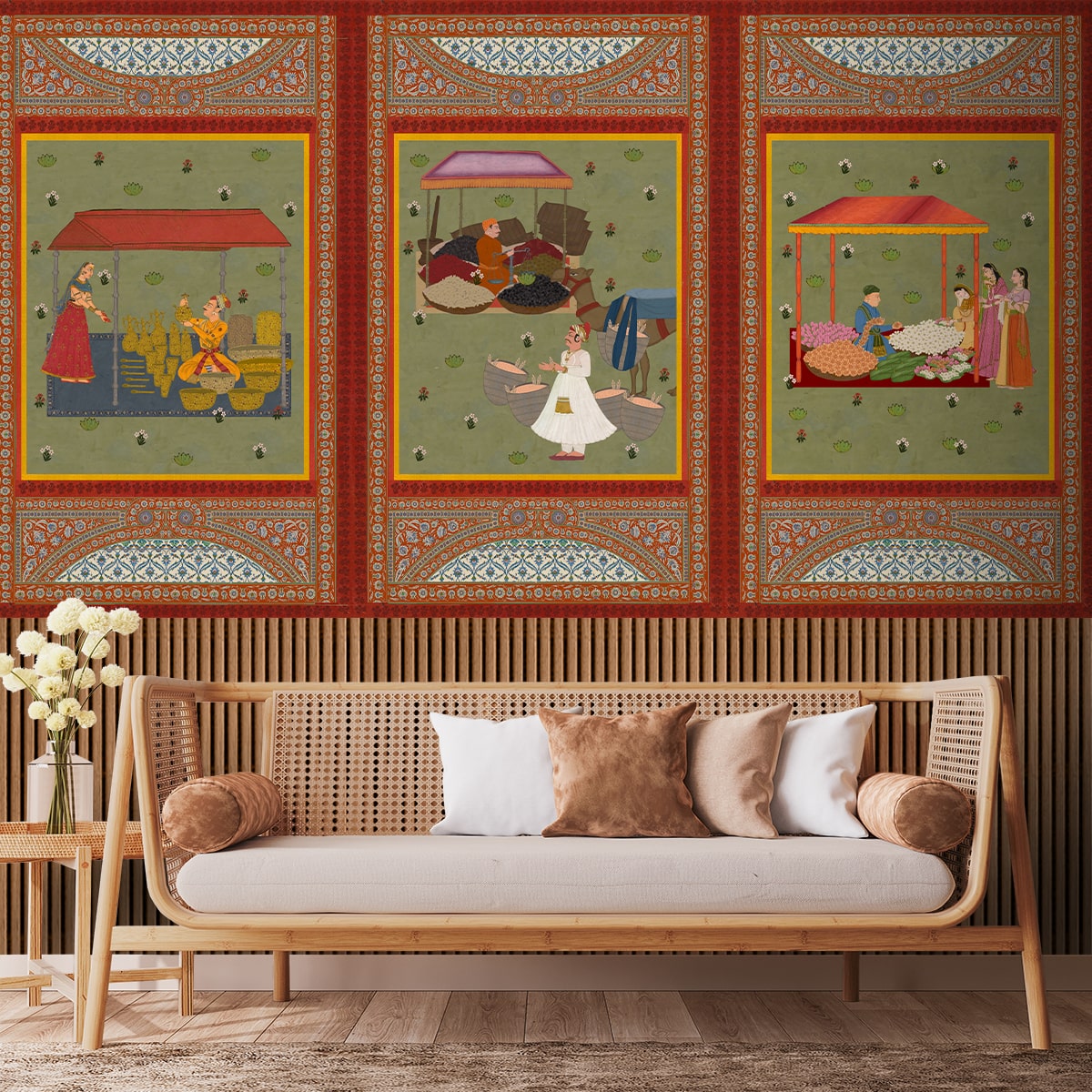
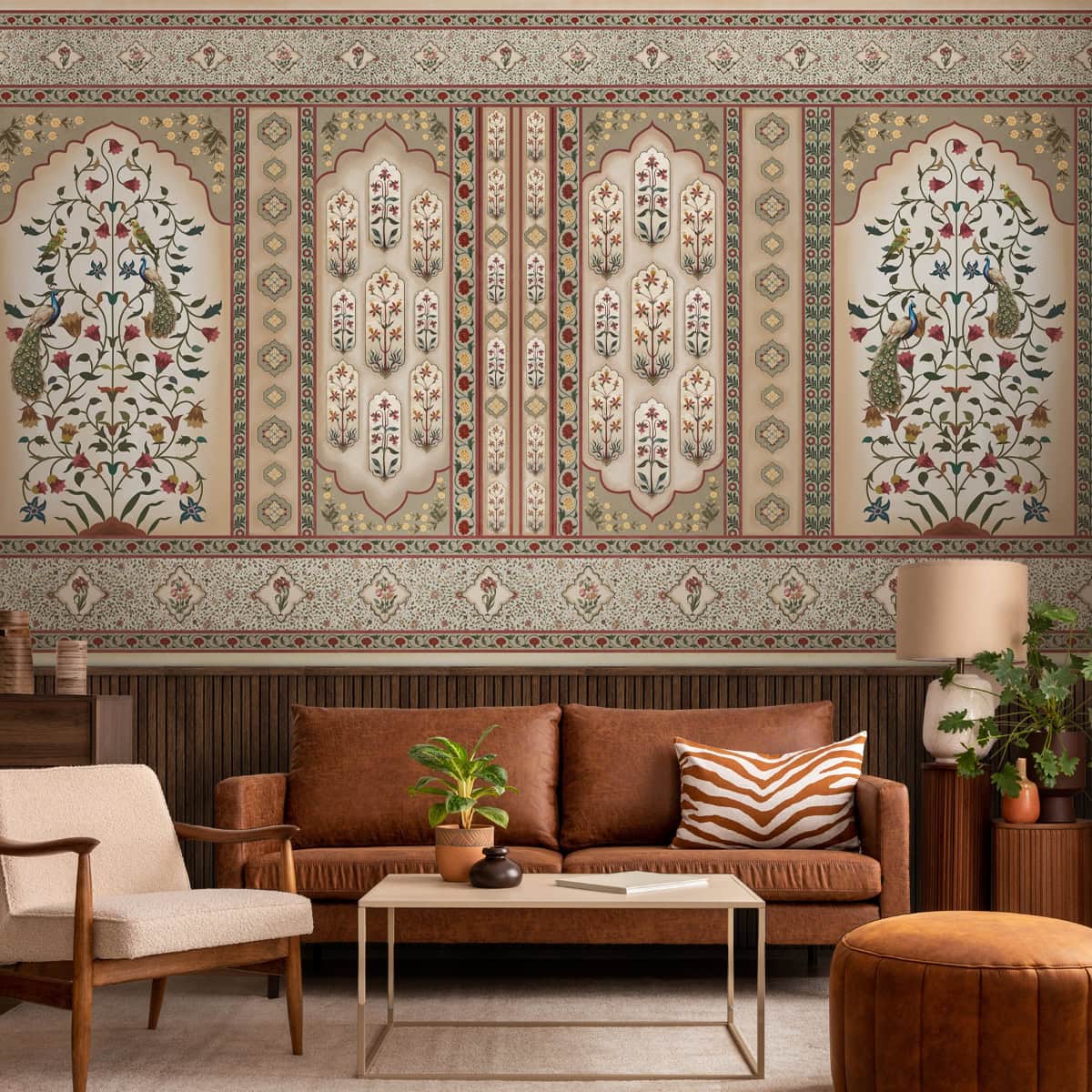




Leave a comment
This site is protected by hCaptcha and the hCaptcha Privacy Policy and Terms of Service apply.